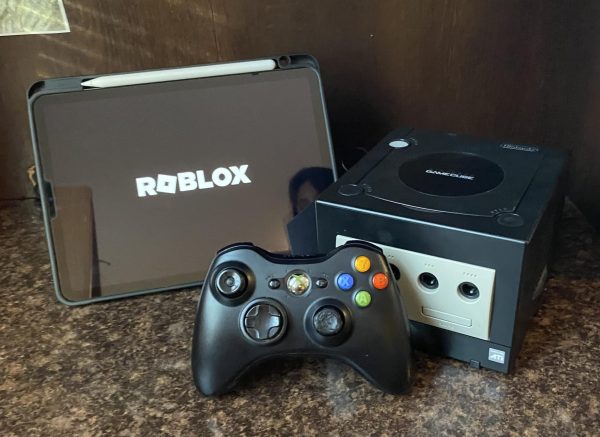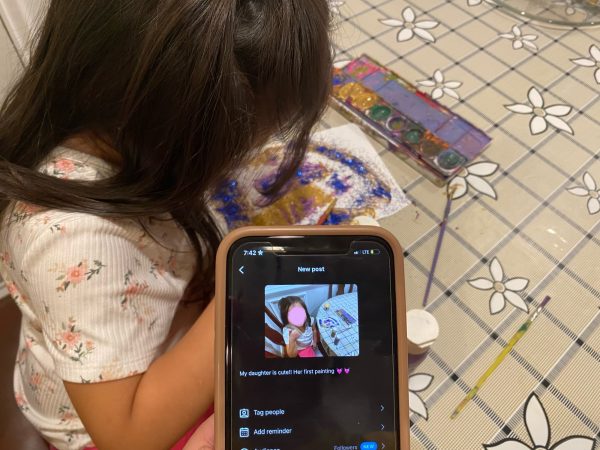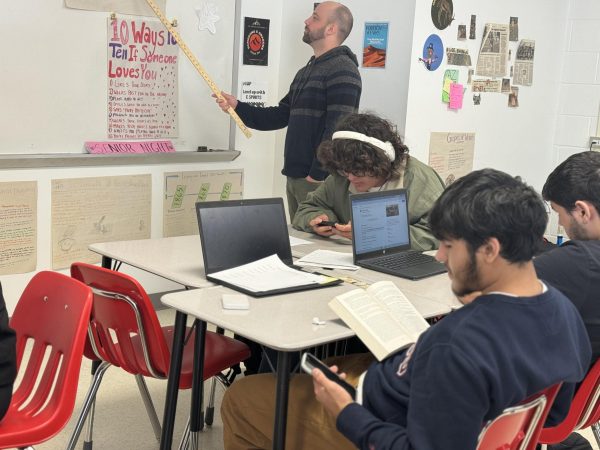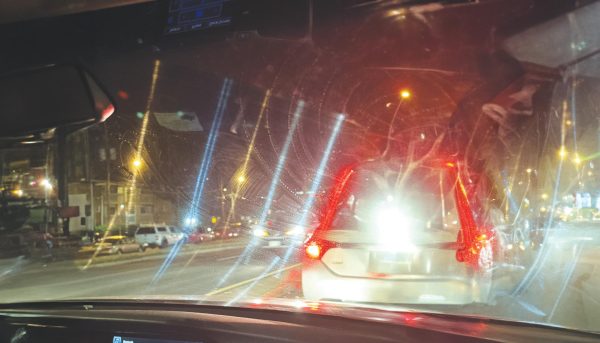Dress for integrity
School fashion has evolved throughout the years into our modern fashion trends, introducing new revealing clothing and style. Looking in the halls, you can spot various dress code violations which are just the latest trends and personal comfort. 27% of our students see violations everyday at school and 19% have never seen any. From the shortest shorts, sagging, hoods, low V-neck shirts to girls intentionally exposing their stomachs. If we see these revealing trends in public, are dress codes necessary at school?
For any location, dress codes are existent. We will experience dress codes whether it be at a restaurant, airline, photos and most definitely, our jobs. Dress codes bring a sense of professionality and a polished appearance. At school, dress codes are enforced for disciple, preventing distraction and correlating to academic achievement.
“I think it’s important to set a certain expectation and standard for what’s appropriate to wear at school so that the focus can be on teaching and learning. Although, I understand fashion is important in the lives of teenagers, it shouldn’t necessarily become a focus or distraction,” Principal Tim Thomas said.
In a majority of private and religious schools, their dress codes involve school uniforms. Benefits of school uniforms is not worrying about what to wear, evident obedience of dress code, and could possible result in savings from not having to buy various pieces of clothes. Apart from this, their restrictions include but are not limited to, nail polish, dyed hair and specific hairstyle. School uniforms limit expression students have with clothing.
The U.S. Department of Education has recognized that school uniforms decreases reduce peer pressure, stronger focus in school, prevent gang clothing and identifying trespassers.
One of our codes is no clothing of sexual nature or symbolizes illegal or violent conduct, such as gang symbols, weapons, tobacco, drugs, alcohol or clothing that contains a threat.
“Certain imagery that reflects violence, drugs or alcohol or imagery that could be considered counter to what we work really hard to maintain into a safe and secure environment. That could be distracting for students, teachers and staff,” Principal Thomas said.
Compared to private schools, we are lucky to have the privilege to have diverse outfits and styles.
In terms of school, there is an extent to when dress codes are necessary. It would not be acceptable if students came wearing their undergarments and explicit images on shirts. Principal Thomas does not disagree with any of the dress codes enforced. “I’m from a different generation too,” Principal Thomas said, “There have been expectations around dress codes for the 25 years I’ve been in education.”
Perhaps, the dress codes have even lost their relevance. There is always that one kid wearing a hood, a girl exposing her shoulders and wearing short shorts. Violations are not uncommon because students are rarely dress coded. In fact, they’re normal. Students have realized that there is little to no enforcement of dress codes and that they can pass by a faculty member without a remark. In our school, 80% of students have not been caught for violating dress code. It is not necessarily rebellion, but rather taking advantage the invisibility of their violations.
Regardless of being caught or not, students should respect rules. At the end of the day, school is not a fashion show. We may come to school with different intentions, but we should respect the rules and the focus of those who want to learn. Although there is typically no harm in expressing our unique styles and fashion taste, we come to school to six and learn for six hours, talk to friends for part of it, then leave. Truthfully, it is not a lot to ask to cover your stomach and take off your hood.
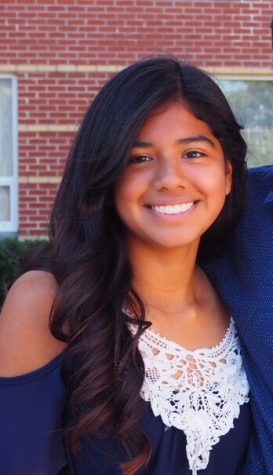
Senior Kimberly Laura is currently the Co-Editor In Chief. This is her fourth year in The A-Blast; she was previously the In-Depth editor. In the fall,...



